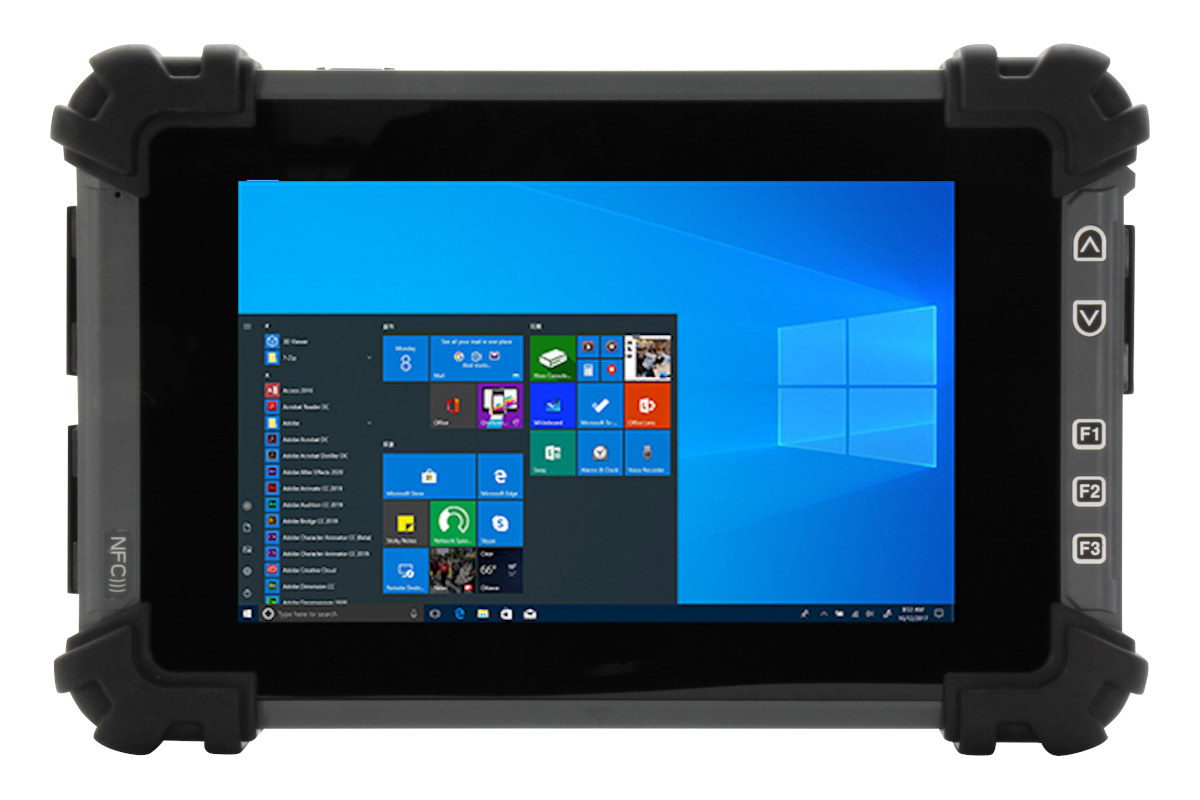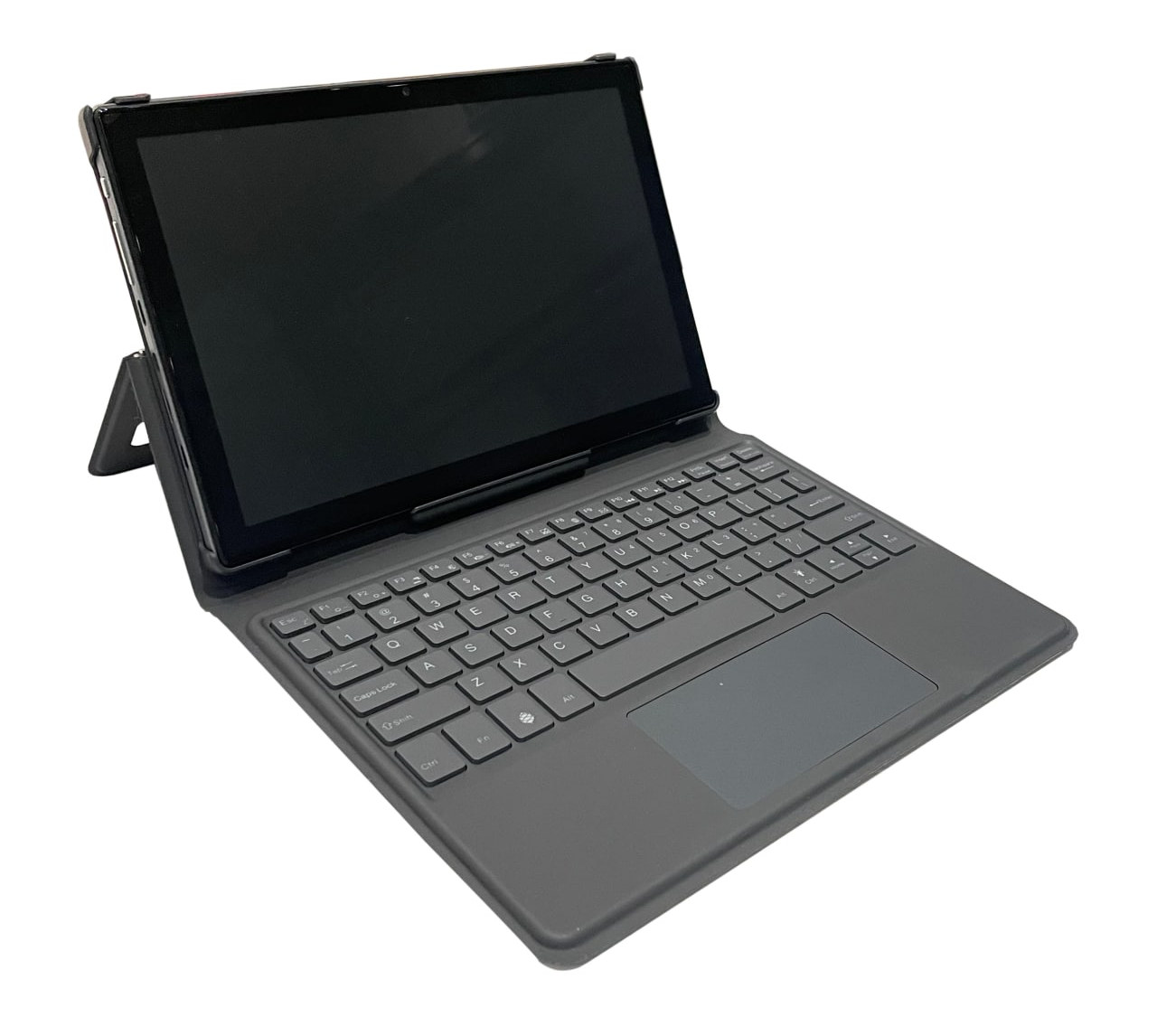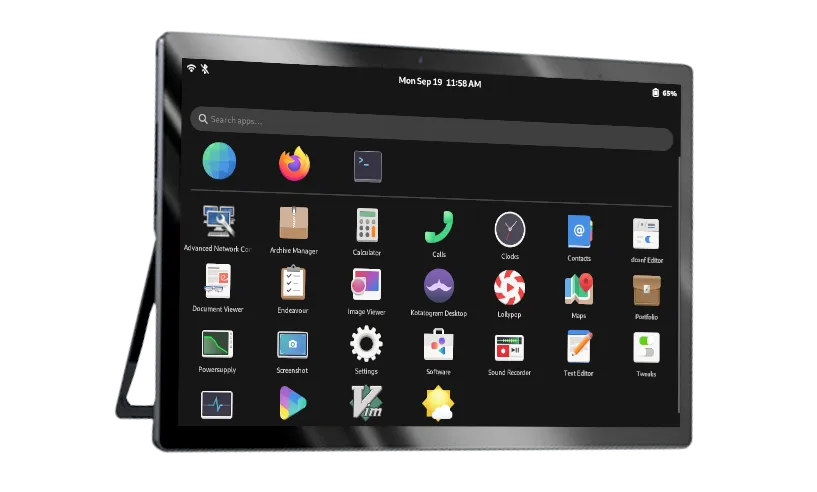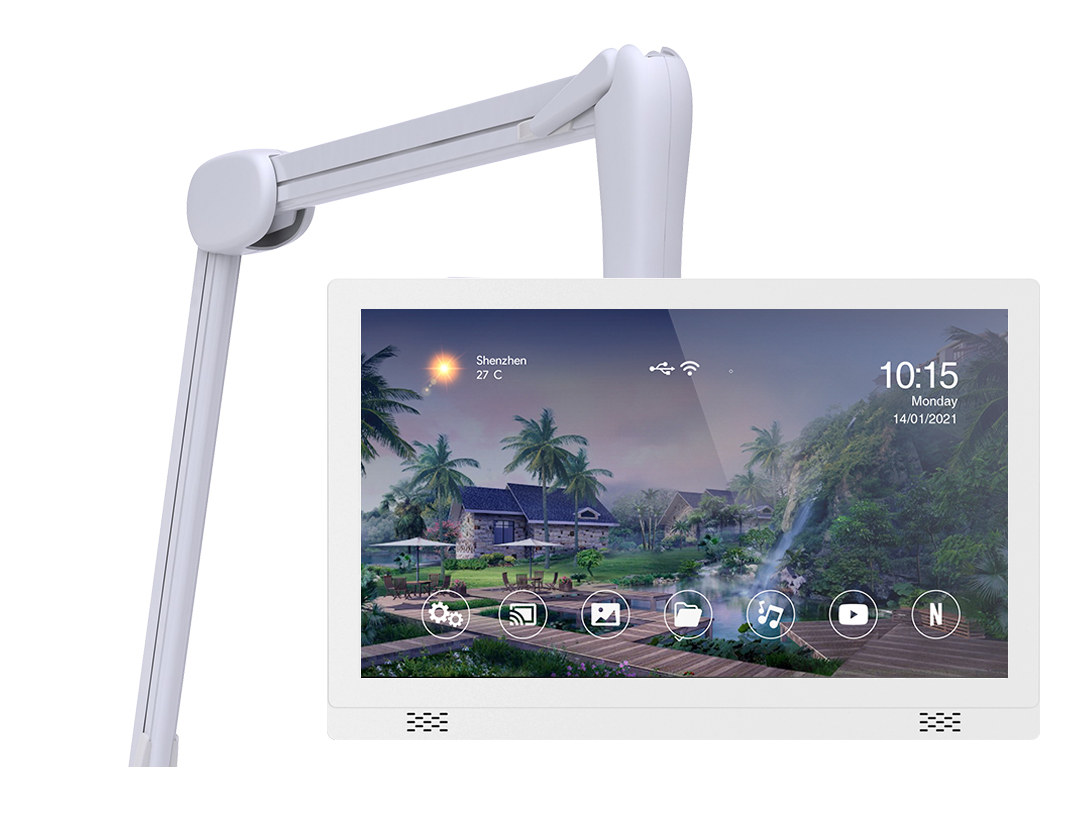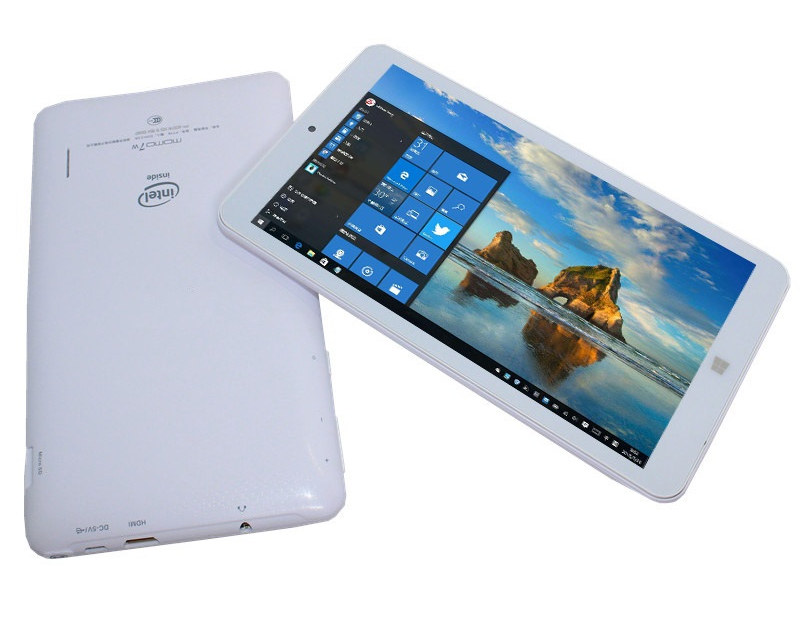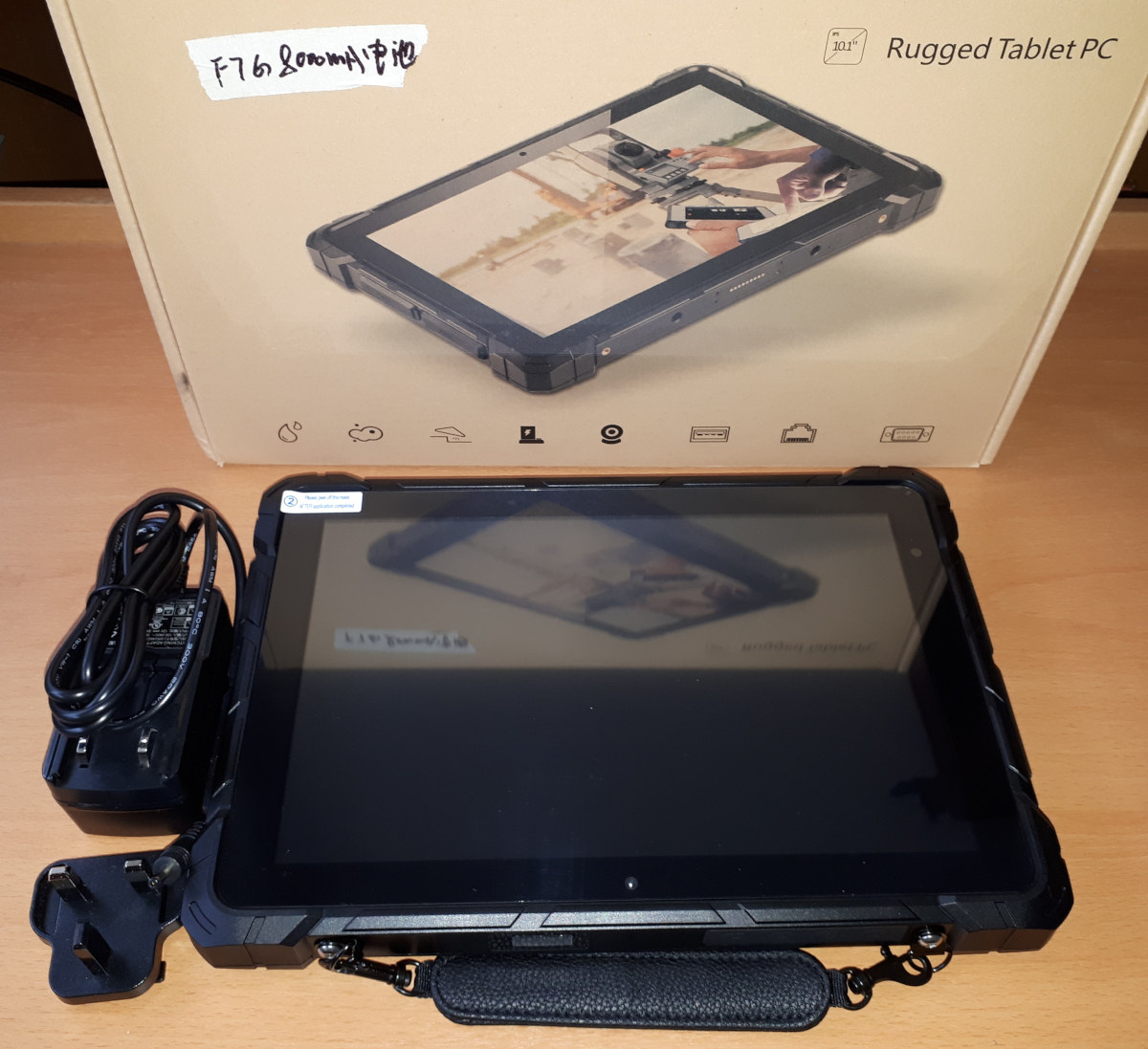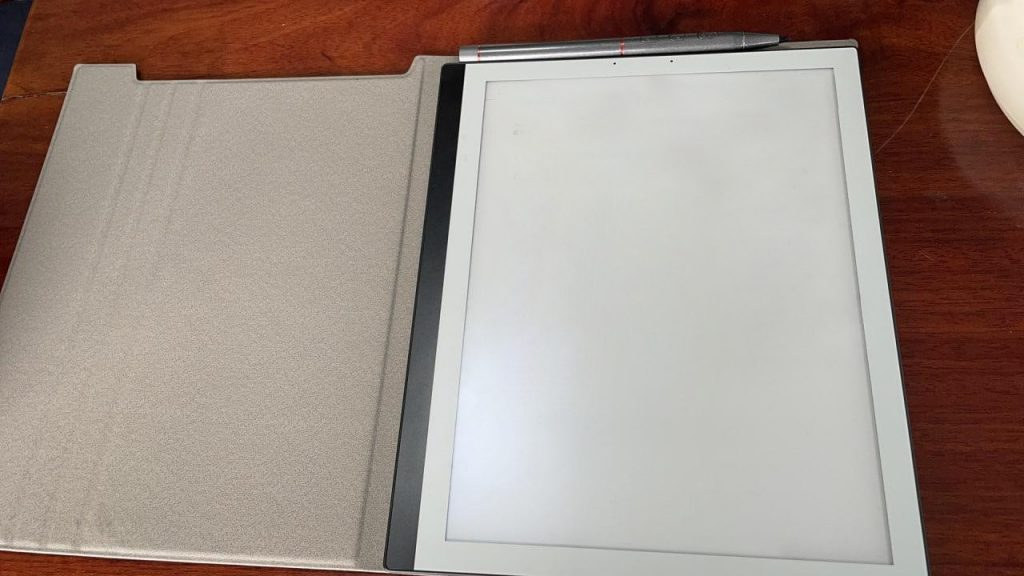AAEON RTC-710AP is a 7-inch rugged tablet powered by an Intel Celeron N3350 or Pentium N4200 Apollo Lake processor with up to 8GB LPDDR4 memory, 128GB eMMC flash, WiFi, Bluetooth, and optional 4G LTE connectivity. as well as GNSS supports. The IP65-rated tablet also comes with five physical function keys, an NFC reader, a 2MP front-facing camera, an 8MP rear camera, and an I/O expansion module for a 2D barcode scanner, LAN, UART, and other options. It also features a master battery and a hot-swappable slave battery to ensure continuous operation. AAEON RTC-710AP specifications: SoC (one or the other) Intel Celeron N3350 dual-core processor @ 1.1GHz / 2.4GHz with Intel HD Graphics 500; 6W TDP Intel Pentium N4200 quad-core processor @ 1.1GHz / 2.5GHz with Intel HD Graphics 505; 6W TDP Memory – 4GB LPDDR4 (default), up to 8GB as an option Storage 64GB eMMC flash (default), up to 128GB […]
PineTab2 Linux tablet to feature Rockchip RK3566 SoC, up to 8GB RAM, 128GB eMMC flash
The PineTab2 is an upcoming 10.1-inch Linux tablet based on the 1.8 GHz Rockchip RK3566 quad-core Cortex-A55 processor and equipped with up to 8GB RAM and 128GB eMMC flash. The new model is a clear step-up compared to the Allwinner A64-based PineTab which did not survive the supply shortage and has also gone through a complete physical redesign with a modular metal chassis that is easy to disassemble for upgrades and change parts such as the eMMC module, camera module, battery, or even the display. PineTab2 preliminary specifications: SoC – SoC – Rockchip RK3566 quad-core Arm Cortex-A55 @ up to 1.8 GHz with ARM Mali-G52 2EE GPU supporting OpenGL ES 1.1/2.0/3.2. OpenCL 2.0. Vulkan 1.1, 0.8 TOPS NPU System & Storage Option 1 – 4GB RAM, 64GB eMMC flash module Option 2 – 8GB RAM, 128GB eMMC flash module MicroSD card slot Display – 10.1-inch IPS display (other details TBC) […]
Juno tablet runs Manjaro Linux or Mobian on a Celeron N5100 Jasper Lake CPU
The Juno tablet is a 10.1-inch Linux tablet that ships with Manjaro Linux or Mobian, and is powered by an Intel Celeron N5100 quad-core Jasper Lake mobile processor. The Linux tablet comes with a 1920×1200 resolution IPS touchscreen display, 8GB LPDDR4 soldered on the main board, and a choice between a 256GB, 512GB, or 1TB SSD. Customers can select one of the three Linux distributions with Mobian, as well as Manjaro Linux with either Phosh or Plasma mobile environments. Juno tablet specifications: SoC – Intel Celeron N5100 quad-core Jasper Lake processor @ 1.1GHz / 2.8GHz (Turbo) with 24EU Intel UHD graphics @ 350 / 800 MHz (Turbo); 6W TDP System Memory – 8GB LPDDR4 Storage – 256GB, 512GB, or 1TB SSD; MicroSD card socket Display – 10.1-inch IPS display with 1920×1200 resolution, 60Hz refresh rate, 10-point capacitive touchscreen Video Output – Mini HDMI up to 4Kp60, USB-C DisplayPort up to […]
23.8-inch touch screen system with EDLA GMS for sports, healthcare, education, advertising, and home appliances (Sponsored)
DataMax DP03F touch screen system comes with a 23.8-inch Full HD touchscreen display with anti-bacterial plastics and healthcare-certified components and runs Android 11 on an hexa-core Arm processor, either Rockchip RK3399 Arm Cortex-A72/A53 SoC or Amlogic A311D Arm Cortex-A73/A53 processor. This type of touch screen system can be used as a medical bedside terminal, digital signage, conference terminal, treadmill terminal, smart PoS, industrial panel PC, robots, and more. It would typically be mounted on the device itself, or in the case of hospital settings a VESA-compatible flexible arm to provide the patient with easy access to entertainment and education, while doctors, nurses, or the patient him/herself can check out clinical records and vital signs. DataMax DP03F specifications: SoC (one or the other) Rockchip RK3399 hexa-core processor with 2x Cortex-A72 cores @ up to 1.8 GHz, 4x Cortex-A53 cores @ up to 1.4 GHz with Mali-T860 GPU Amlogic A311D hexa-core processor […]
7-inch tablet with Intel Atom Z3735G processor sells for $55
Hardware platforms based on Atom Z3735G or Z3735F Bay Trail processors were all the rage in 2014-2016, as the processors were found in tablets, mini PCs, and single board computers sold at price points that provided alternatives to Arm platforms that may not be as well supported. But time has passed and those processors are really slow by today’s standard, so I was surprised to find out some companies were still selling products based on Bay Trail processors with the “MOMO7W” 7-inch tablet powered by an Intel Atom Z3735G quad-core processor, coupled with 1GB RAM and 16GB flash. MOMO7W tablet specifications: SoC – Intel Atom Z3735G quad-core Bay Trail processor @ up to 1.33 GHz / 1.83 GHz (Turbo) with Intel HD graphics; 2.2W SDP. Note: it’s indeed discontinued. Storage – 1GB SDRAM Storage – 16 GB eMMC flash, MicroSD card slot up to 32GB Display – 7-inch capacitive touch […]
Higole F7G Plus Review – An affordable rugged tablet tested with Ubuntu 20.04 & Windows 11
Ruggedized industrial-use PCs are typically expensive so it is refreshing to see Higole F7G Plus, an Intel Gemini Lake Refresh tablet, being offered at an affordable price. Higole kindly sent one for review and I’ve looked at functionality and performance running on Ubuntu and also its Windows performance. Hardware Overview The Higole F7G Plus is a 10.1 inch IPS touch screen rugged industrial fanless tablet that uses Intel’s 14 nm Gemini Lake Refresh N4120 processor which is a quad-core 4-thread 1.10 GHz Celeron processor boosting to 2.60 GHz with Intel’s UHD Graphics. Designwise, meeting the MIL-STD-810G standard which is the de facto ‘ruggedized’ standard for consumer products and covers whether the device can work in a broad range of environmental conditions including surviving dropping, is evidenced by the thick protective shell around the tablet. To ensure its IP67 Certification for waterproofing each of the ports are covered by detachable rubber […]
Android 13 developer preview released with privacy, security, and productivity improvements
Android 12 was only released in October 2021 and Google has already released the first developer preview of Android 13 with better privacy and security, efforts to improve developer productivity, and more work on better support for larger screens like tablets or Chromebooks building on the work done on Android 12L. Android 13 privacy and security features Google announces two new features related to privacy and security: Photo picker and APIs – Android 13 adds a system photo picker to share both local and cloud-based photos securely. Apps can use the photo picker APIs to access shared photos and videos without needing permission to view all media files on the device. So if an app just needs to access photos or videos, there’s no need to request full storage access. The photo picker will also be brought to through Google Play system updates on devices running Android 11 and higher, […]
PineNote is a community supported 10.3-inch e-Reader based on Rockchip RK3566 SoC
We’ve covered several e-readers in the past, but the PineNote 10.3-inch e-reader will be a bit different, as the hardware & software will be entirely developed by the community like other Pine64 platforms such as Pinebook Pro, PineCone, Rock64 single board computer, etc… Based on the Rockchip RK3566 quad-core Cortex-A55 processor, PineNote will be one of the fastest e-readers on the market, and leverage the code already written for Quartz64 single board computer, including mainline Linux support. PineNote (preliminary) specifications: SoC – Rockchip RK3566 quad-core A55 processor with Mali-G52 EE GPU, 0.8 TOPS NPU (AI accelerator) System Memory – 4GB of LPDDR4 RAM Storage – 128GB eMMC flash Display – 10.3-inch panel with 1404×1872 resolution (227 DPI), 16 levels of grayscale, front light with cool (white) to warm (amber) light adjustment, capacitive glass layer for finger touch-based input, and a Wacom electromagnetic resonance layer (EMR) for EMR pen input. There’s […]


